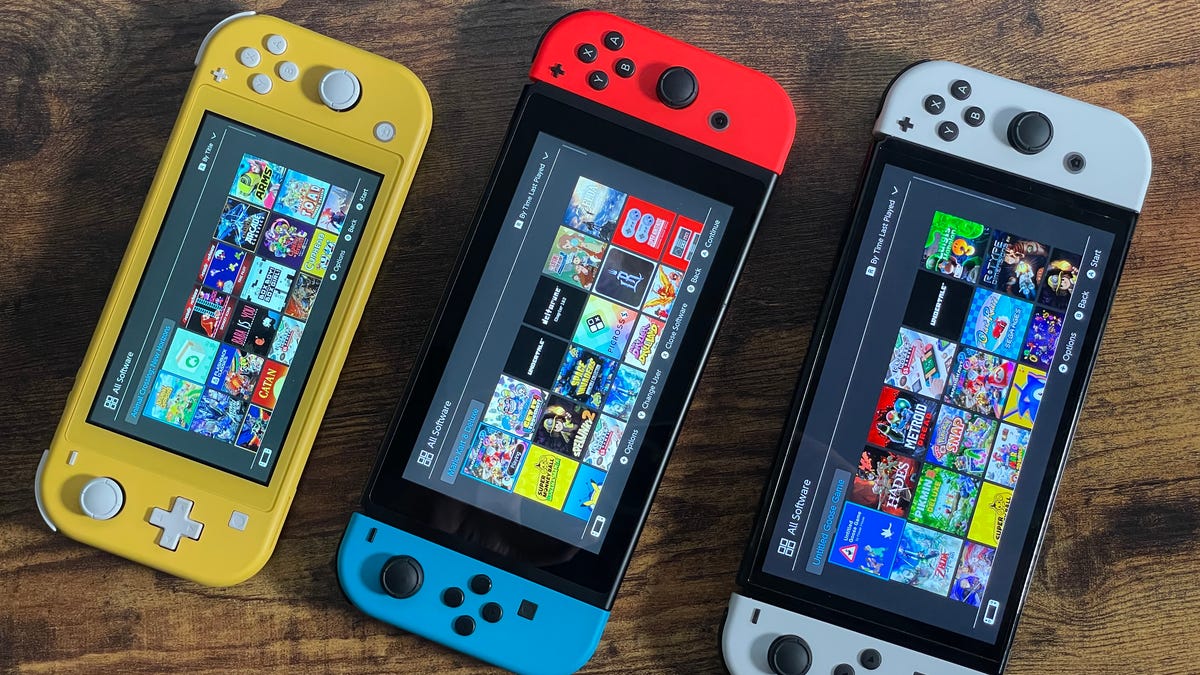Nintendo: No Plans to Increase Switch Pricing Despite Component Costs Rising
The handheld console will remain at the same price as demand remains high.

The Nintendo Switch consoles will remain the same price, President Shuntaro Furukawa has said.
Nintendo Switch handheld gaming won't see an increase in price, company President Shuntaro Furukawa said in an interview with Nikkei last week.
Addressing concerns about component shortages caused by the COVID-19 pandemic, which has led to short supply and an increase in prices, Furukawa said component prices haven't prevented the company from developing Switch handheld gaming systems. He added demand overall is exceeding supply, however.
Furukawa ruled out price increases to "avoid pricing people out." Shortages led to a 23% sales slump last quarter, but Nintendo still expects to sell 21 million Switch units this fiscal year.
Read more: The 42 Best Games on Nintendo Switch
It's rare to see a video game system see a significant price increase, even with inflation and the rising cost of parts. Generally, video game systems tend to go down in price as a console ages and manufacturing costs go down. The Meta Quest 2 bucked that trend by increasing the cost of the virtual reality headset by $101 earlier this month, citing higher component prices.
It is typical of video game companies to sell console hardware at a loss and make up for it with game sales. Considering Facebook parent Meta saw its first-ever revenue drop last month, the increase in price of the Quest 2 could be linked to the company's financial forecast. Nintendo, on the other hand, has sold 103 million Switch handhelds as of last year, outselling the Wii.
Nintendo currently has three Switch models on the market. The Switch Lite is the cheapest model at $200, cutting back some features for increased portability. The standard model that shipped in 2017 still costs $300. The OLED model, introduced last year, retails for $350 and brings with it an improved screen, battery, hinge design and speakers.

